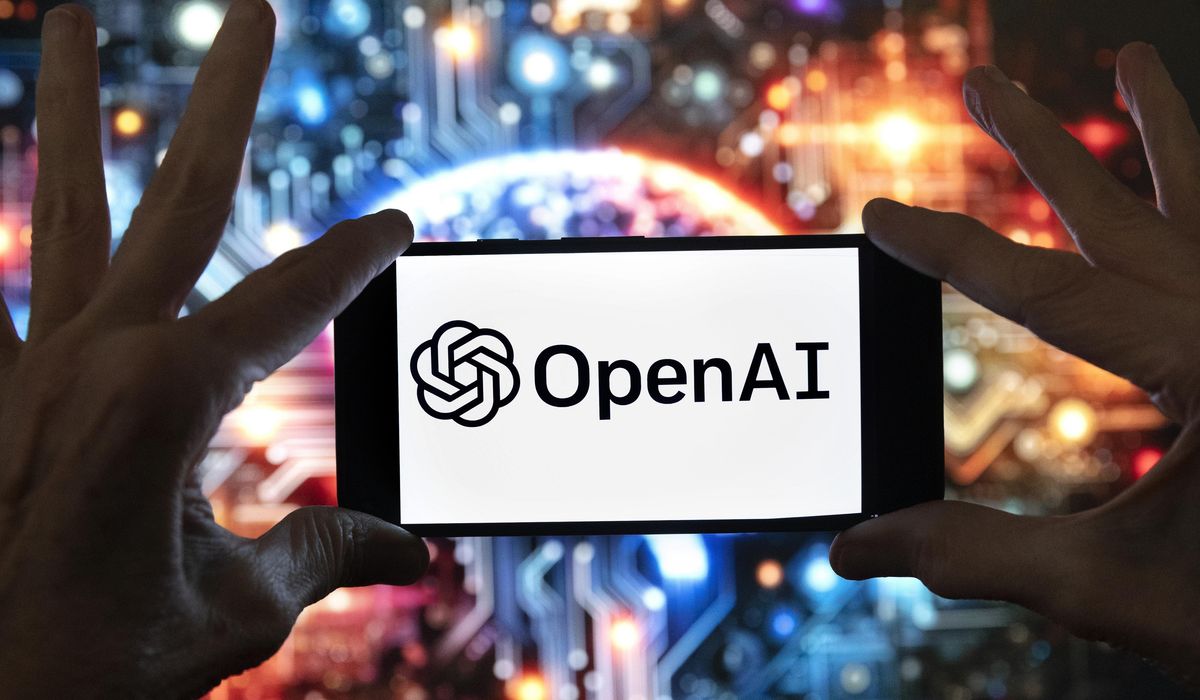


OpenAI unveiled an artificial intelligence agent on Sunday evening that the company promised would help users accomplish tasks in tens of minutes that would normally take someone several hours.
The new AI assistant is called “deep research” and represents OpenAI’s answer to AI models made public by China’s DeepSeek last month.
The debut of OpenAI’s advanced research tool comes amid an escalating feud between Washington and Beijing, with the global powers competing to build artificial general intelligence that can surpass humans’ capabilities.
OpenAI CEO Sam Altman, fresh off a trip to Washington to huddle with federal officials, announced his new AI agent ‘deep research’ on X while visiting Japan.
“This is like a superpower; experts on demand!” Mr. Altman said on X. “It can go use the internet, do complex research and reasoning, and give you back a report. It is really good, and can do tasks that would take hours/days and cost hundreds of dollars.”
People can use the deep research functionality via OpenAI’s ChatGPT chatbot. OpenAI said users will select “deep research” in the message composer and query the chatbot, which will then answer with a “comprehensive report at the level of a research analyst.”
“Tell ChatGPT what you need — whether it’s a competitive analysis on streaming platforms or a personalized report on the best commuter bike,” OpenAI said on its website. “You can attach files or spreadsheets to add context to your question. Once it starts running, a sidebar appears with a summary of the steps taken and sources used.”
Google introduced its own “Deep Research” agent in December, as part of its effort to build a personal AI research assistant.
The deep research name is also reminiscent of China’s DeepSeek, which shook global markets last month when it promoted a new model that it claimed was on part with OpenAI and constructed for reportedly a fraction of the cost.
Skeptics, including Anthropic’s Dario Amodei, have cast doubt on the legitimacy of DeepSeek’s low-cost claims.
Commerce Secretary nominee Howard Lutnick has accused DeepSeek of stealing American intellectual property to power its model. OpenAI, and its benefactor Microsoft, are reportedly investigating DeepSeek’s potential theft.
The competition between DeepSeek and OpenAI has created a stir among leading technologists from Silicon Valley to Washington who are working to understand how to interpret DeepSeek’s emergence on the world stage.
Gladstone AI Chief Technology Officer Edouard Harris told The Washington Times “there is definitely some possibility that they used stolen IP.”
Mr. Harris said in an email that he would not be surprised if DeepSeek trained its model on outputs from OpenAI.
“That’s a common behavior everywhere, not just in China, though Chinese companies have been far more aggressive with that kind of thing,” Mr. Harris said on Saturday. “DeepSeek’s engineering is legitimately very good though, and they implement solid engineering solutions that to an extent allow them to work around the constraints of export controls.”
OpenAI, for its part, indicated that its deep research efforts have little to do with DeepSeek.
In a video posted to X, OpenAI Chief Research Officer Mark Chen said the deep research name reflects the company’s decision to allow the model more time to answer questions to produce value in minutes that could otherwise take hours.
“Why we call it ‘deep research’ instead of just ‘research,’ is that we’ve removed latency constraints from the model,” Mr. Chen said in the video. “Typically models return fairly quickly, but deep research models they can take five sometimes even 30 minutes before they come back with an answer.”
Mr. Chen said OpenAI views the longer lag time as a good thing because the company wants its models to begin accomplishing more autonomous tasks in an unsupervised fashion.
“Our ultimate aspiration is a model that can uncover and discover new knowledge for itself,” Mr. Chen said.
OpenAI’s lofty goals appear to have captured the interest and support of the U.S. government. Last week, Los Alamos National Laboratory said it would start using OpenAI’s models to conduct national security research.
The lab said its Venado supercomputer would move to a classified network and would run OpenAI’s models as it works to improve threat detection, cybersecurity, disease prevention, and other scientific research areas.
• Ryan Lovelace can be reached at rlovelace@washingtontimes.com.
